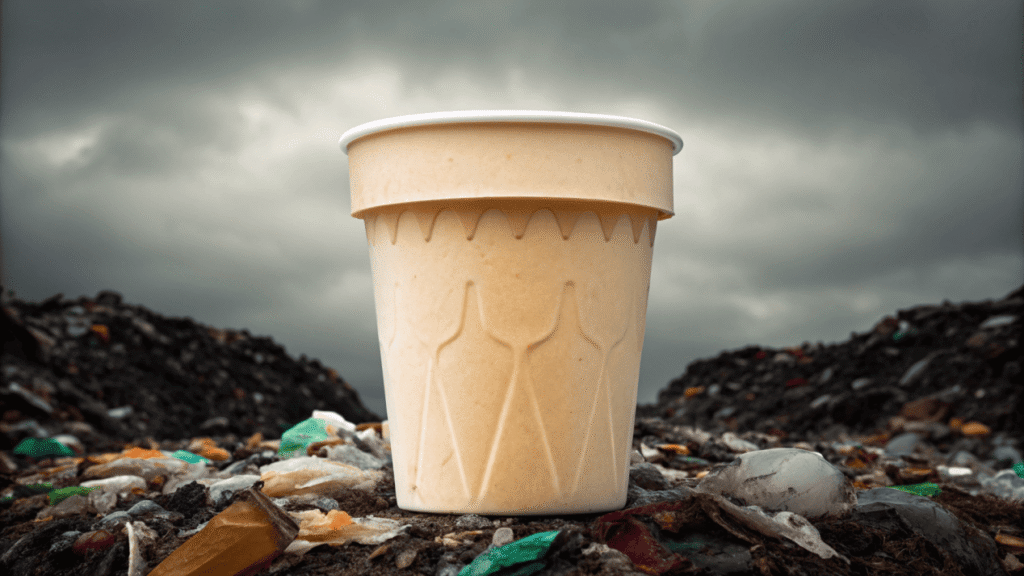You finish your ice cream and toss the cup in the recycling bin, feeling you have done the right thing. But the journey of that cup is far from over.
A traditional ice cream cup is a composite of paper and petroleum-based plastic. Most recycling facilities cannot separate these materials, so the cup ends up in a landfill, contributing to waste, methane emissions, and resource depletion.
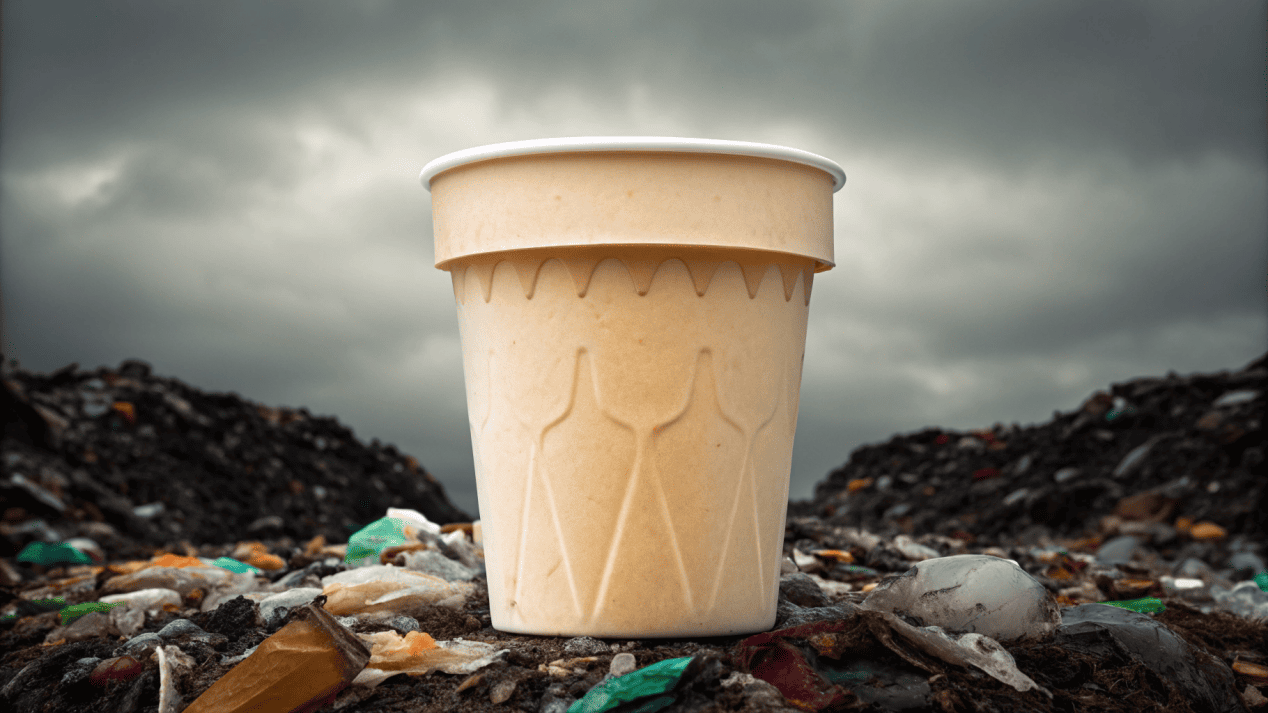
The joy of a cup of ice cream is simple. But as a manufacturer, I know the life of that single-use cup is very complex. Its environmental impact lasts long after the last spoonful is gone. For us to create a better future in packaging, we must first be honest about the problems we need to solve. Let's look at the true environmental impact of a traditional, plastic-lined ice cream cup.
Why Does My Ice Cream Cup End Up in a Landfill?
You put the cup in the recycling bin. You assume it gets sorted and repurposed. But that cup is an unwelcome guest in the recycling system.
Because the cup is made of paper permanently fused to a plastic lining, it is a "composite material." Standard recycling machines see it as a contaminant and filter it out, sending it directly to landfill.

The most obvious impact of any single-use item is waste. Billions of these cups are thrown away every year. The real question is, where do they go? The answer is disappointing. The problem is in the very design of the cup. A traditional cup is not just paper; it is paper bonded to a thin layer of polyethylene (PE) plastic. This makes it a "composite material." In a recycling facility, machines are set up to sort pure paper or pure plastic. When your cup arrives, the sensors identify it as something that is neither. It is treated as contamination. It gets filtered out and sent to the same place as regular trash: the landfill. There, the paper component might take decades to break down, releasing methane gas. The plastic lining can last for hundreds of years.
What Resources Does It Take to Make One Cup?
You hold the light, simple cup in your hand. It seems harmless. But the environmental cost to create it began long before it was even a cup.
The paper requires trees, massive amounts of water, and energy. The inner plastic lining is made from fossil fuels. Both production processes contribute significantly to the cup's total carbon footprint before it is ever used.
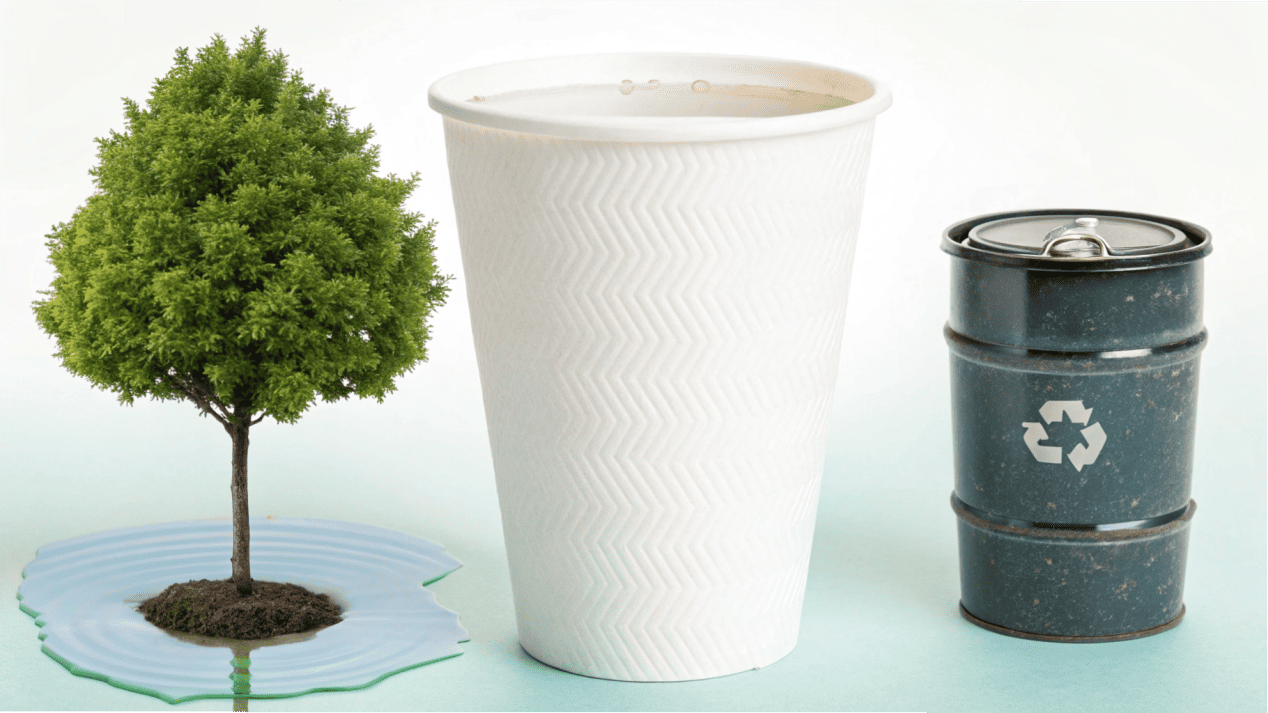
In my factory, I see the raw materials arrive every day. It gives me a clear perspective on the resources we consume. The environmental footprint of a cup starts here.
The Paper Component
First, you have the paperboard. This comes from trees, a natural resource. The process of turning wood into pulp and then into paper is very resource-intensive. It uses enormous amounts of water and energy to process, dry, and form the paper into a strong board.
The Plastic Component
Next, you have the inner lining. This PE plastic is a petroleum product, meaning it is derived from fossil fuels like oil and natural gas. The process of creating this plastic and then using heat and pressure to laminate it onto the paperboard is also an energy-intensive process. All of these steps—from the forest to the oil refinery to my factory floor—contribute to the cup's carbon footprint. It carries an environmental cost before it even holds a single scoop of ice cream.
How Much Pollution Comes from Transporting These Cups?
The ice cream shop is in your neighborhood. The cup feels local. But that cup has traveled thousands of miles on a long, carbon-heavy journey just to get there.
Cups have a large carbon footprint from logistics. Raw materials are shipped globally, and the finished cups are transported across oceans. Because they are bulky but not heavy, this transportation is inefficient.
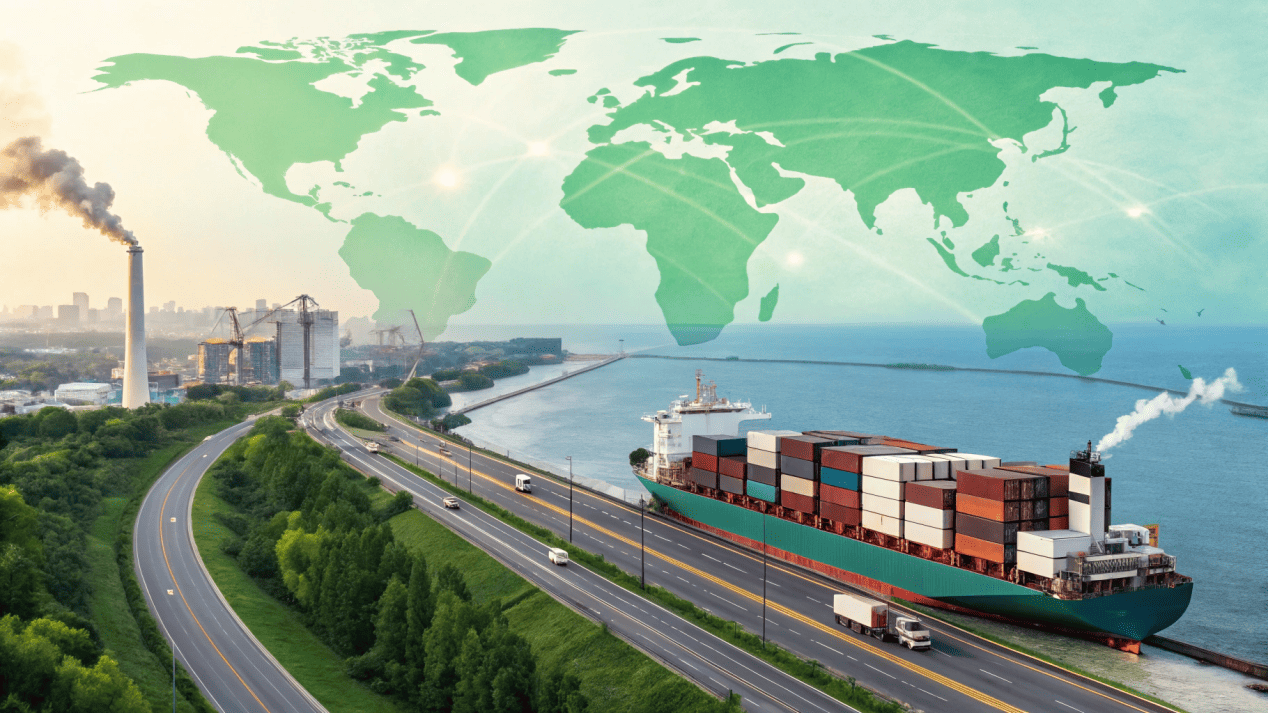
A cup's journey is a global one. The wood pulp may come from one continent, the plastic resin from another. They are shipped to my factory in China. We manufacture the cups and then ship them out all over the world. Think of the path: from our factory to a port, onto a massive container ship, across an ocean, unloaded at another port, then onto trucks to a warehouse, and finally to your local shop. Every step of this journey is powered by fossil fuels and creates carbon emissions. There is another problem. Cups are bulky but they are very light. This means a truck or shipping container becomes full long before it reaches its weight limit. I always think of it like shipping a container full of air. This makes the transportation less efficient and increases the carbon emissions for each individual cup compared to a denser product.
Why Can't My Recycling Bin Handle an Ice Cream Cup?
You see the recycling symbol and you want to do the right thing. But the reality of recycling food packaging is complicated and often fails for two simple reasons.
First, the specialized facilities that can separate the plastic from the paper are extremely rare. Second, leftover ice cream contaminates the paper, which can ruin an entire batch of recycled materials.
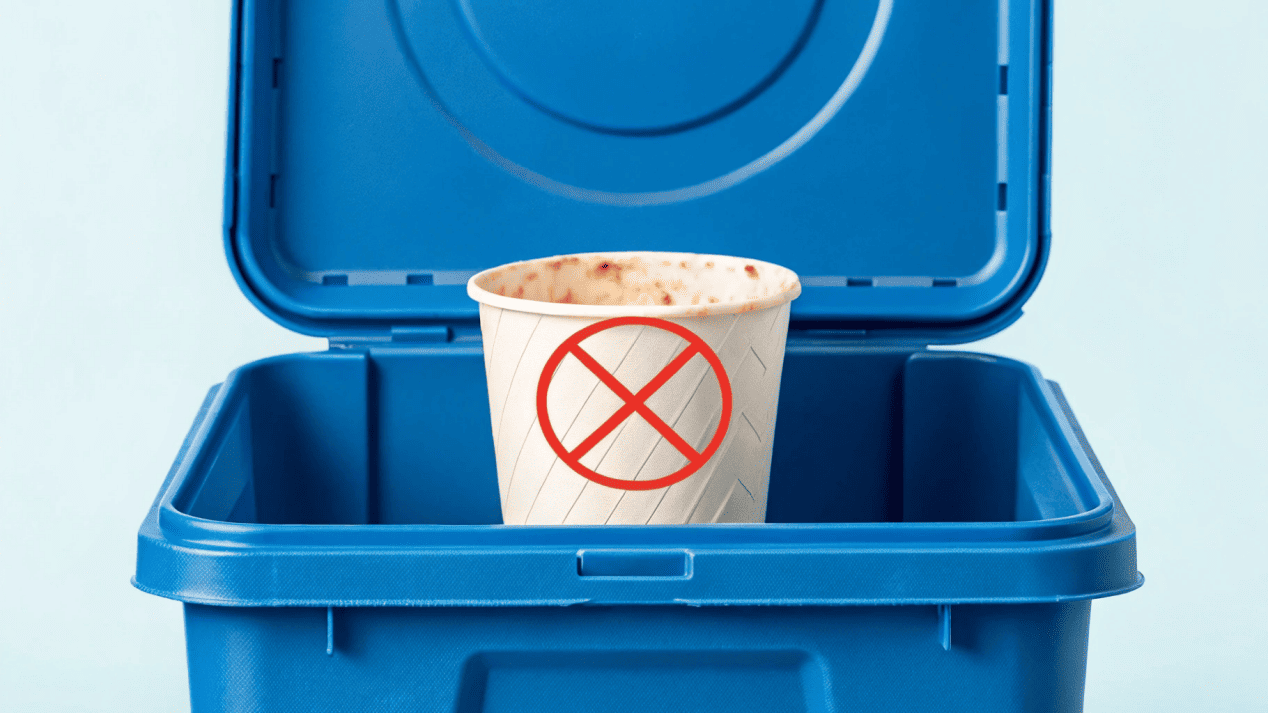
This is the central problem, the one we are working so hard to solve. I call it the "recycling paradox." Even if you have the best intentions, the system is not built for this product.
| The Challenge | Why It Fails in the System | The Result |
|---|---|---|
| Material Separation | The plastic lining must be chemically and mechanically stripped from the paper fiber. This requires very expensive, specialized "de-pulping" facilities that almost no cities have. | The entire cup is rejected as trash. |
| Food Contamination | Leftover ice cream, sugar, and syrup are food waste. When mixed with clean paper in a recycling bale, it can cause mold and ruin the entire batch of material. | The contaminated batch is rejected and sent to landfill. |
So even if the cup gets to a recycling center, it is rejected. This is the problem that keeps me up at night as a manufacturer. We were creating a product that was designed to fail in the system. This is why we are now so passionate about developing alternatives like commercially compostable PLA linings.
Conclusion
A traditional cup's journey ends in a landfill after a resource-heavy life. This understanding drives us to innovate with eco-friendly materials for a smarter, more sustainable future.
